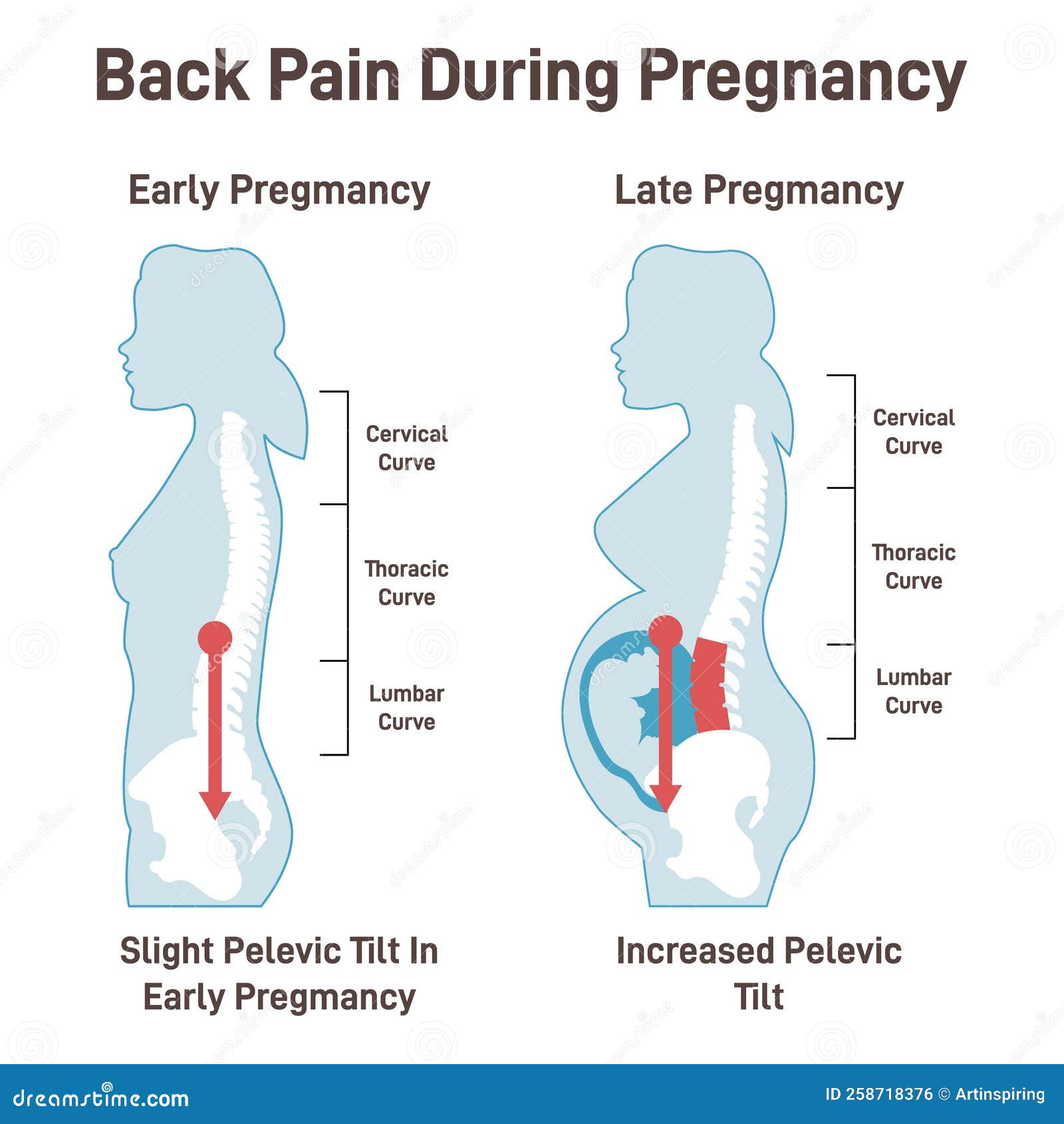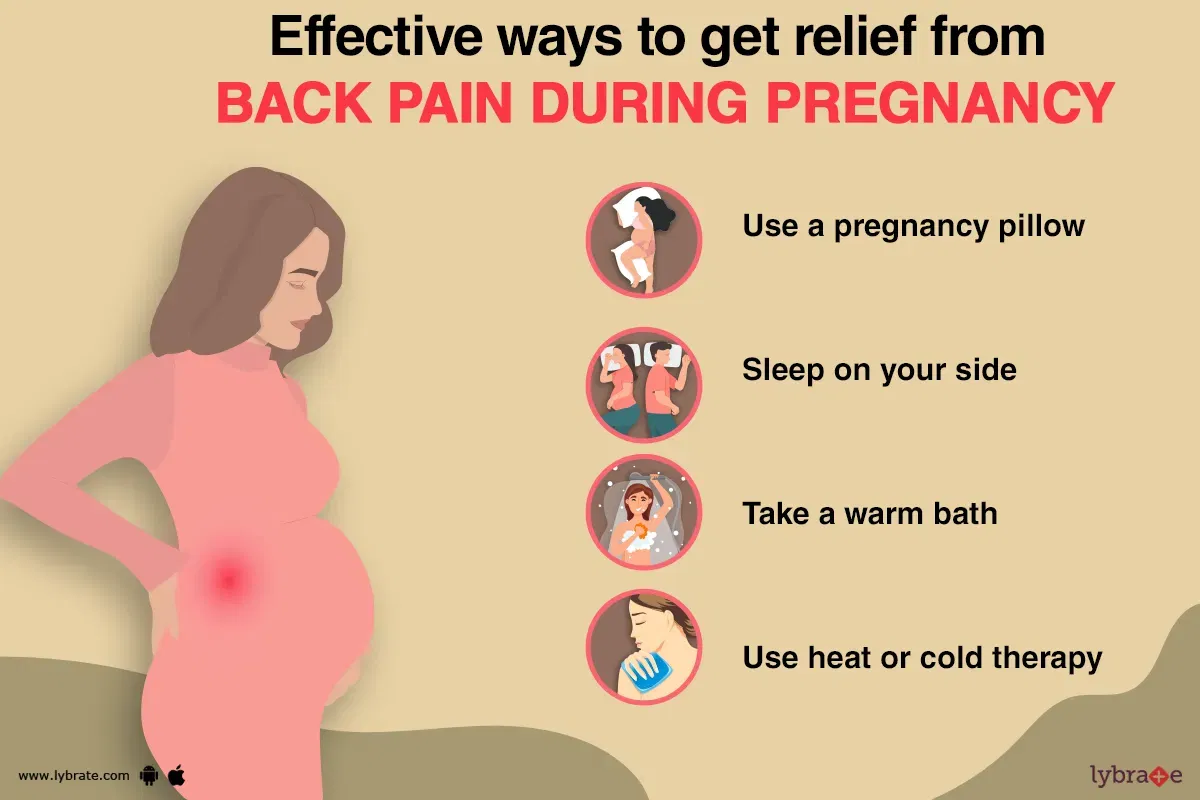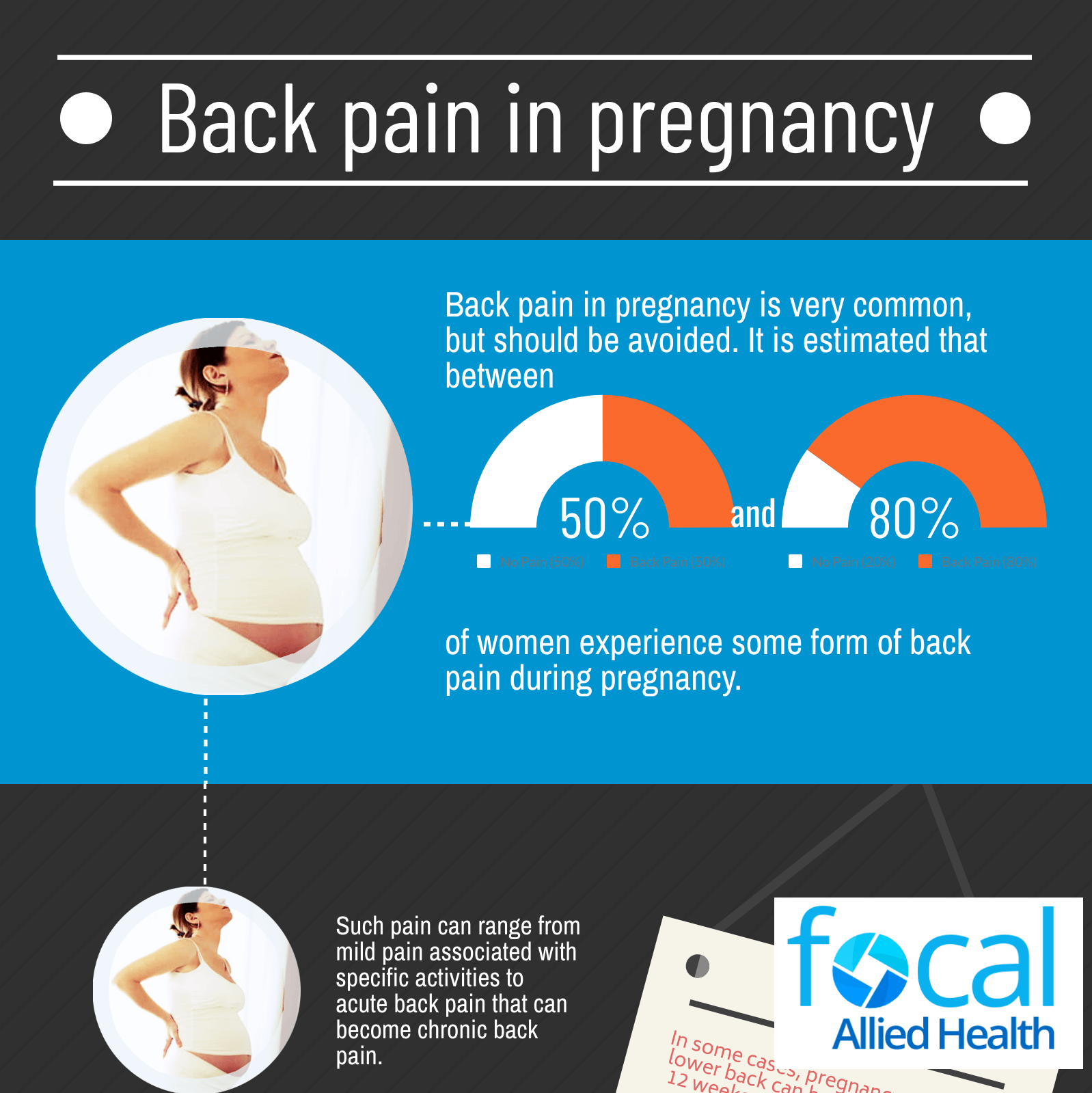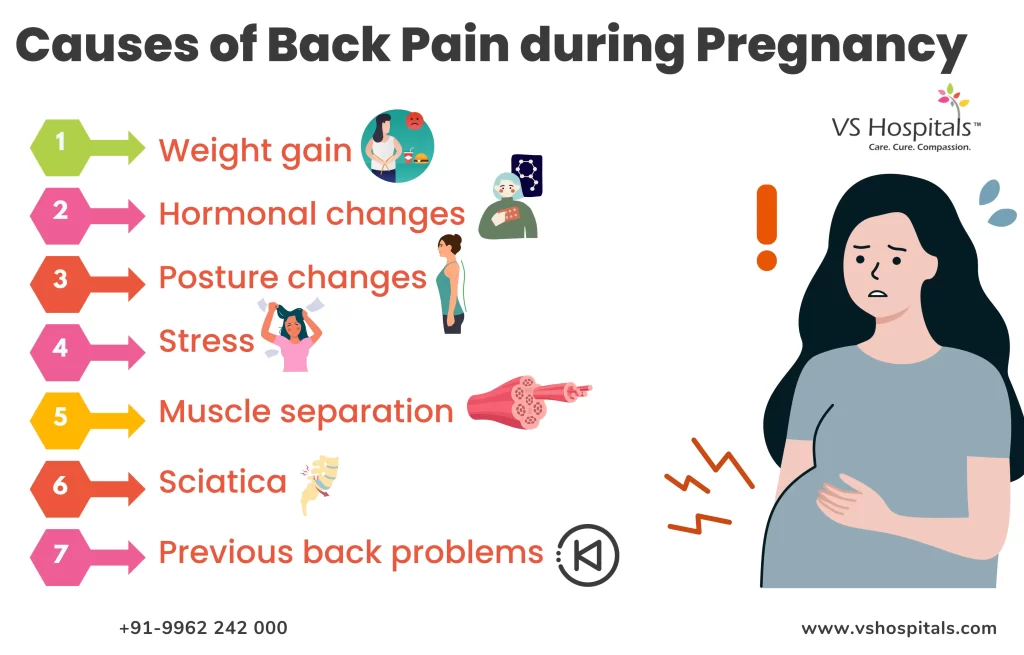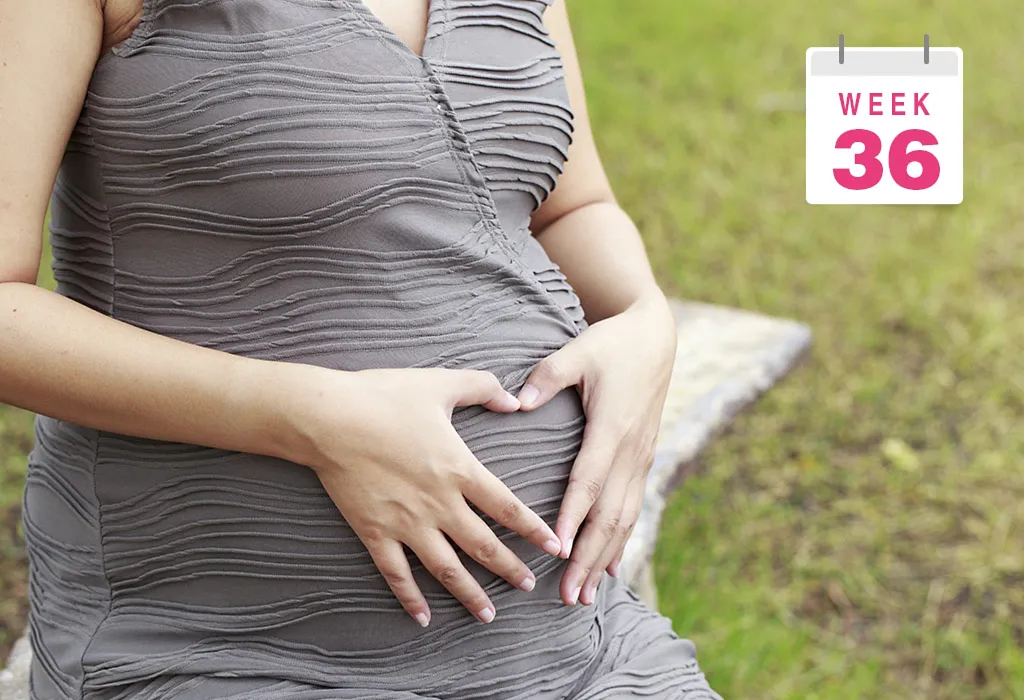Upper Back Pain 36 Weeks Pregnant
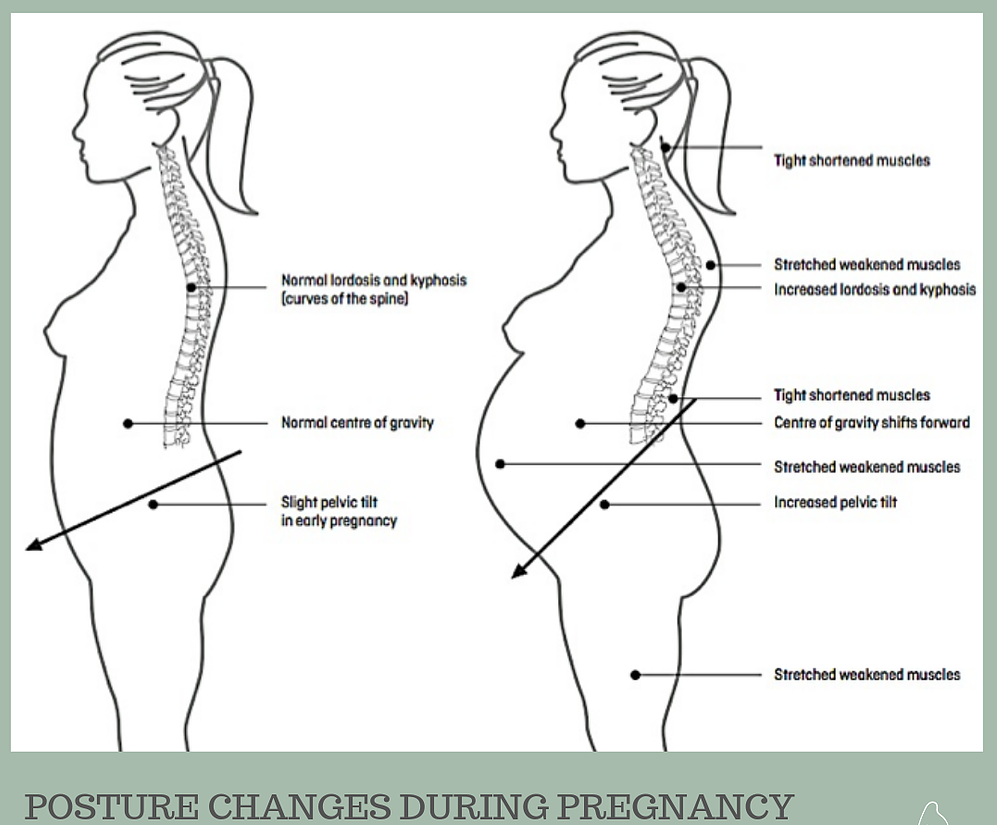
The nursery, bathed in the soft glow of a Himalayan salt lamp, was almost ready. Tiny socks, folded with meticulous care, nestled in the drawer. Sarah, 36 weeks pregnant, paused, a sharp twinge radiating from her upper back. She gently rubbed the spot, a familiar ache that had become her unwelcome companion in these final weeks of pregnancy.
Upper back pain during the late stages of pregnancy is a surprisingly common, yet often overlooked, ailment. While lower back pain tends to grab the spotlight, the discomfort creeping between the shoulder blades can significantly impact a pregnant woman's comfort and well-being. This article explores the causes, management strategies, and when to seek professional help for upper back pain at 36 weeks pregnant, offering insights for expectant mothers navigating this challenging phase.
Understanding Upper Back Pain During Pregnancy
Pregnancy brings about a cascade of physiological changes. These changes can significantly influence musculoskeletal health. Understanding these changes is crucial for managing upper back pain effectively.
Hormonal Shifts and Ligament Laxity
The hormone relaxin, aptly named, plays a pivotal role in preparing the body for childbirth. It increases the flexibility of ligaments throughout the body, including those in the spine. This increased laxity, while beneficial for delivery, can destabilize joints and lead to pain.
The loosening of ligaments makes the back more susceptible to strain and injury. Muscles have to work harder to stabilize the spine, leading to fatigue and pain.
Weight Gain and Shifting Center of Gravity
As the baby grows, the expectant mother's body undergoes significant weight gain. This added weight shifts the center of gravity forward, placing increased stress on the back muscles.
This shift forces the upper back muscles to compensate. The muscles strain to maintain balance, resulting in pain and discomfort.
Postural Changes and Muscle Imbalance
Pregnancy often leads to postural changes. These changes include increased lordosis (curvature of the lower back) and kyphosis (rounding of the upper back).
These postural adaptations can create muscle imbalances, weakening the muscles of the upper back and shoulders. This can cause the muscles to tighten and become painful.
Breast Enlargement
The breasts enlarge significantly during pregnancy. This can contribute to upper back pain by pulling the shoulders forward and straining the upper back muscles.
The added weight and changes in posture increase the strain on the upper back. This leads to muscle fatigue and discomfort.
Managing Upper Back Pain: Practical Strategies
While upper back pain can be frustrating, there are numerous strategies to alleviate discomfort and improve quality of life during pregnancy. These strategies include lifestyle adjustments and therapeutic interventions.
Proper Posture and Ergonomics
Maintaining good posture is essential. This helps minimize strain on the back muscles.
When sitting, use a chair with adequate back support. A small pillow or rolled towel can be placed behind the lower back for added lumbar support. When standing, keep the shoulders relaxed and avoid slouching.
Gentle Exercise and Stretching
Regular, gentle exercise can strengthen the back muscles and improve flexibility. Prenatal yoga and swimming are excellent options.
Specific stretches, such as shoulder blade squeezes and chest stretches, can help relieve tension in the upper back. Remember to consult with a healthcare provider before starting any new exercise program.
Heat and Cold Therapy
Applying heat or cold packs can provide temporary relief. Heat helps relax muscles, while cold reduces inflammation.
A warm bath or shower can also ease muscle tension. Experiment to see which provides the most comfort.
Massage Therapy
A prenatal massage from a qualified therapist can be incredibly beneficial. Massage can reduce muscle tension and improve circulation.
Ensure the massage therapist is experienced in working with pregnant women and is aware of any specific conditions or concerns.
Supportive Bra and Clothing
Wearing a supportive bra is crucial to distribute weight evenly and reduce strain on the upper back. Look for bras with wide straps and a comfortable band.
Avoid wearing tight clothing that restricts movement or puts pressure on the back.
Safe Lifting Techniques
If lifting is unavoidable, use proper lifting techniques to minimize strain on the back. Bend at the knees, keep the back straight, and hold the object close to the body.
Avoid twisting while lifting, and ask for help if the object is too heavy.
When to Seek Professional Help
While most cases of upper back pain during pregnancy can be managed with self-care strategies, it's essential to know when to seek professional medical advice. Certain symptoms may indicate a more serious underlying condition.
Severe or Persistent Pain
If the pain is severe, unrelenting, or doesn't improve with self-care measures, consult a healthcare provider. Severe pain could indicate a more serious problem, such as a herniated disc or nerve compression.
Numbness or Tingling
Numbness, tingling, or weakness in the arms or hands should be promptly evaluated. These symptoms may suggest nerve involvement, such as carpal tunnel syndrome or a pinched nerve in the neck.
Pain Accompanied by Other Symptoms
If the upper back pain is accompanied by other concerning symptoms, such as fever, chest pain, shortness of breath, or vision changes, seek immediate medical attention. These symptoms could indicate a more serious underlying medical condition.
Consulting with Healthcare Professionals
A doctor, physical therapist, or chiropractor can provide a comprehensive evaluation and develop a personalized treatment plan. They can identify the underlying cause of the pain and recommend appropriate interventions.
Physical therapy can help strengthen the back muscles, improve posture, and teach safe movement techniques. Chiropractic care can address spinal alignment issues.
The American College of Obstetricians and Gynecologists (ACOG) recommends open communication with healthcare providers regarding pain management during pregnancy.
Sarah's Story: Finding Relief and Empowerment
Sarah, armed with a better understanding of her condition, decided to take action. She started practicing prenatal yoga, focusing on gentle stretches that targeted her upper back and shoulders. She invested in a supportive maternity bra and made a conscious effort to improve her posture throughout the day.
She also consulted with a physical therapist specializing in prenatal care. The therapist provided her with specific exercises to strengthen her back muscles and taught her proper lifting techniques. With the help of these strategies, Sarah's upper back pain gradually subsided. She felt more comfortable, confident, and empowered to navigate the final weeks of her pregnancy.
A Final Note of Encouragement
Upper back pain at 36 weeks pregnant can be a significant challenge, but it doesn't have to define the experience. By understanding the underlying causes, implementing practical management strategies, and seeking professional help when needed, expectant mothers can find relief and enjoy a more comfortable pregnancy.
Remember, every pregnancy is unique. Listening to your body and advocating for your well-being are crucial. Embrace the journey, celebrate the upcoming arrival, and prioritize self-care during this transformative time. You've got this!



